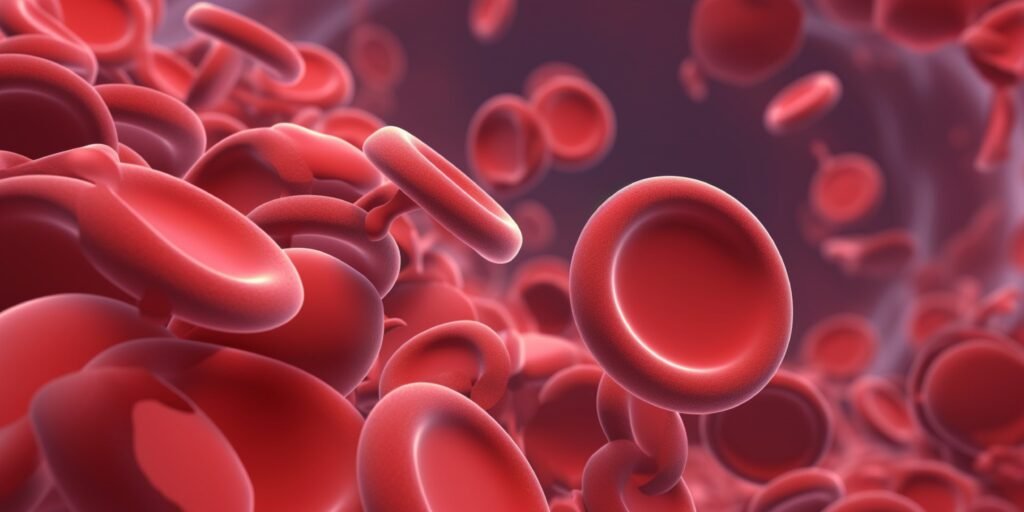Thalassemia

Thalassemia: A Comprehensive Guide to Understanding and Managing the Condition
Thalassemia is a genetic blood disorder that affects the production of hemoglobin, a protein in red blood cells responsible for carrying oxygen throughout the body. This leads to anemia, fatigue, and other health complications. Depending on its severity, thalassemia can range from mild to life-threatening.
Types of Thalassemia
Alpha Thalassemia:
- Occurs when genes responsible for alpha globin protein are missing or mutated.
- Severity depends on the number of affected genes.
Beta Thalassemia:
- Caused by mutations in the beta globin protein genes.
- Includes:
- Thalassemia Minor: Mild anemia with minimal symptoms.
- Thalassemia Major (Cooley’s Anemia): Severe anemia requiring regular treatment.
Causes of Thalassemia
Thalassemia is inherited from parents who carry the defective hemoglobin genes. It follows an autosomal recessive pattern, meaning both parents must pass on the defective gene for the child to develop a severe form of the condition.
Symptoms of Thalassemia
The symptoms depend on the type and severity of the condition:
Mild Thalassemia:
- Mild anemia
- Fatigue
- Pale skin
Severe Thalassemia:
- Extreme tiredness and weakness
- Delayed growth and development
- Bone deformities, particularly in the face and skull
- Yellowing of the skin (jaundice)
- Enlarged spleen or liver
Complications of Thalassemia
Without proper treatment, thalassemia can lead to:
- Severe anemia requiring frequent blood transfusions
- Iron overload from repeated transfusions, damaging the heart, liver, and other organs
- Bone deformities and brittle bones
- Growth delays in children
- Increased susceptibility to infections
Diagnosis
Thalassemia is diagnosed through:
- Blood Tests:
- Measure hemoglobin levels and detect abnormal red blood cells.
- Hemoglobin Electrophoresis:
- Identifies specific types of abnormal hemoglobin.
- Genetic Testing:
- Confirms mutations in the hemoglobin genes.
Treatment Options
The treatment depends on the severity of the condition:
Mild Thalassemia:
- Usually does not require treatment.
Moderate to Severe Thalassemia:
- Blood Transfusions:
- Regular transfusions increase healthy red blood cells.
- Iron Chelation Therapy:
- Removes excess iron from the body to prevent organ damage.
- Medications:
- Drugs like Luspatercept can stimulate red blood cell production.
- Bone Marrow Transplant:
- A potential cure for severe cases, though it requires a matched donor.
- Blood Transfusions:
Lifestyle Management:
- Balanced nutrition and avoiding iron-rich foods if not on chelation therapy.
- Regular monitoring to detect complications early.
Preventive Measures
- Carrier Screening:
- Identifying carriers of thalassemia genes can help assess the risk of passing the condition to children.
- Genetic Counseling:
- Provides insights and options for at-risk couples planning a family.
Living with Thalassemia
Managing thalassemia involves:
- Regular follow-ups with a hematologist.
- Staying up-to-date on vaccinations to prevent infections.
- Joining support groups for emotional and psychological well-being.
